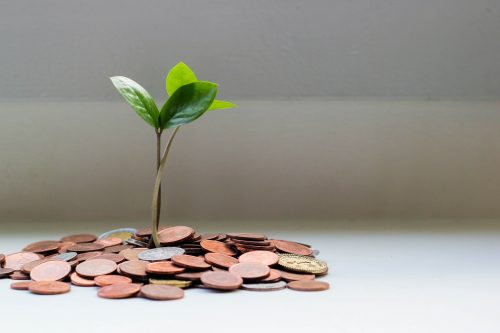Using green loans to retrofit your buildings

Paul Crighton, partner at UK law firm TLT
As businesses come under increasing pressure to acknowledge and improve their environmental impact, there’s a growing need to make commercial properties greener.
It is widely acknowledged that buildings are responsible for 40% of global energy consumption, and 33% of greenhouse gas emissions.
Furthermore, retrofitting an existing building may well be more environmentally sustainable than demolishing and rebuilding it.
There are various ways to “green” a building, with the World Green Building Counsel defining a green building as one that, “in its design, construction or operation, reduces or eliminates negative impacts, and can create positive impacts, on our climate and natural environment.”
Green improvements
In order to green a building, the owner might look at:
- Retrofitting the property
- The in-use performance of the property (e.g. energy or water consumption); or
- The use of green leases
In each of these cases, the project could qualify for a green loan: a financial product that’s specifically designed to fund green projects (as defined in the Loan Market Association’s (LMA’s) Green Loan Principles), and which offers borrowers favourable terms in order to incentivise them to spend money on sustainability improvements, thus helping the lender to meet its own green finance targets.
While there is no globally recognised eligibility criteria for green loans, guidance suggests that a retrofit project may qualify as green if there is “material improvement” in the energy efficiency of, and a “material reduction” in the carbon emissions associated with the building, so the borrower will need to explain why the improvements and their impact should be deemed “material”.
A number of certifications are available to assist in determining and demonstrating the greenness of a retrofit, including a:
- BREEAM Refurbishment and Fit Out rating;
- LEED certification;
- RICS SKA (used in connection with non-domestic building retrofits);
- PAS 2035 (used in connection with domestic retrofits);
- Passivhaus and EnerPHit standard; and
- TrustMark
This is a positive step, but I would like to see more consistency in the benchmarks used for certain projects and assets in a bid to strengthen the integrity of any green classification given.
The sustainability rating of the borrower is not the focus of the green project eligibility criteria, only the specific green project. Having said that, the Green Loan Principles recommend borrowers communicate their overall environmental sustainability objectives and proposed climate risk management to the lender(s) as part of the credit approval process.
It’s important to note that only green projects will be eligible for funding via a green loan, however this does not prevent (in the context of a broader portfolio) separate “green” and “non-green” tranches being used and appropriately tracked.
Retaining the ‘green’
The building or project will need to remain green (i.e. adhere to the green project criteria) for the life of the loan, and all loan proceeds earmarked as green must be used for an eligible green project. If this isn’t the case, this will be a “green breach” and (subject to the expiry of remedy periods) the loan will be reclassified to a traditional loan from the date of the breach.
The details and consequences of a breach can vary, depending on the requirements of the lender(s) and the nature and severity of what happened. The consequences (and potential remedies) will need to be considered ahead of entry into a facility agreement and documented accordingly.
What comes next?
The LMA’s Green Loan Principles (and guidance documents issued by the LMA, Asia Pacific Loan Market Association and Loan Syndications and Trading Association) are the foundations for green lending including for retrofit, but to truly establish, maintain and grow a “green” marketplace, we need:
- Agreement and transparency on the criteria that make a loan green; and
- Consolidation and alignment on how the criteria are to be applied to the broad spectrum of relevant projects and assets. No one is suggesting that a “one size fits all” approach will work, but greater consensus is required to give green classification a robust standing.









